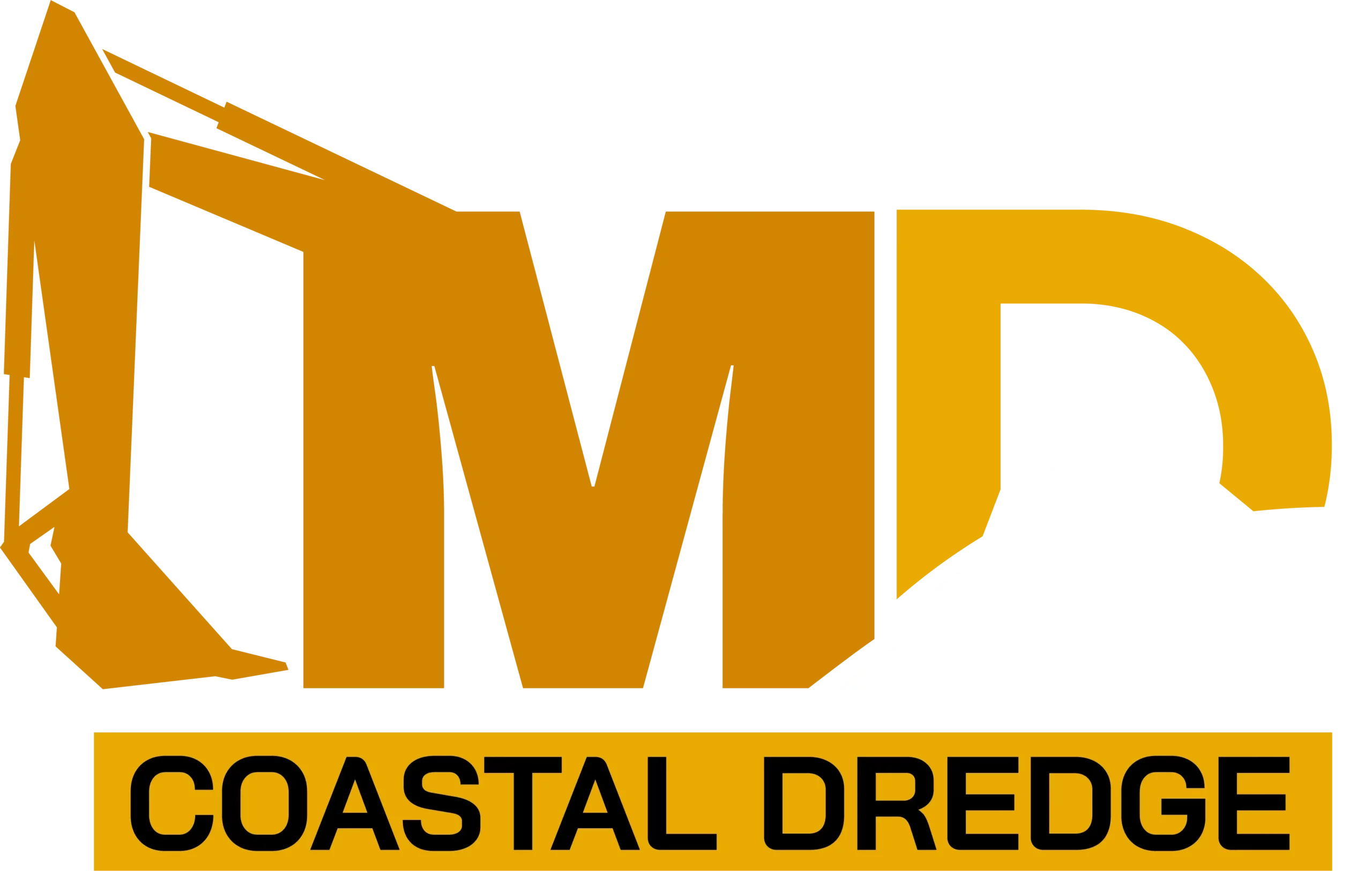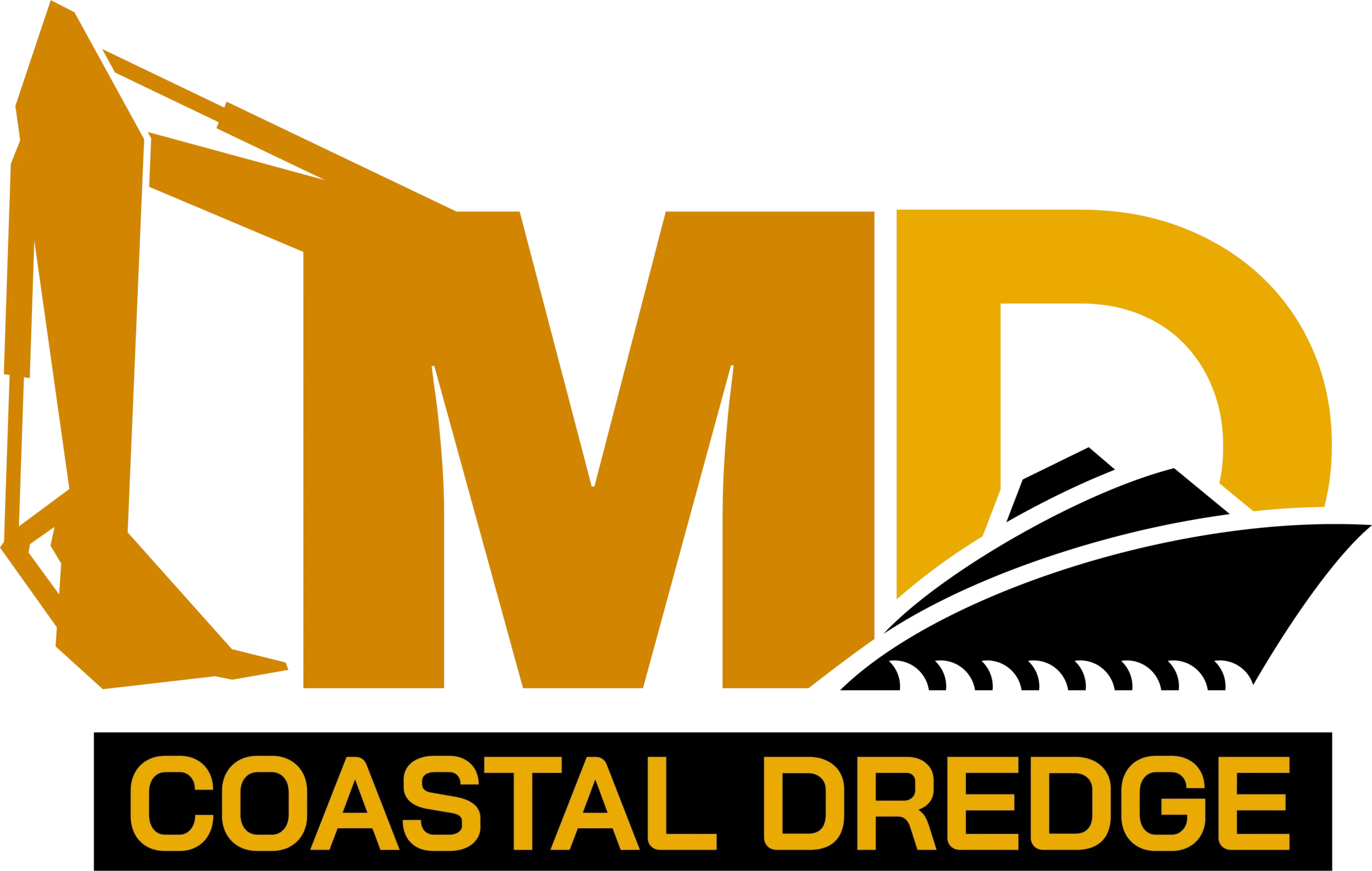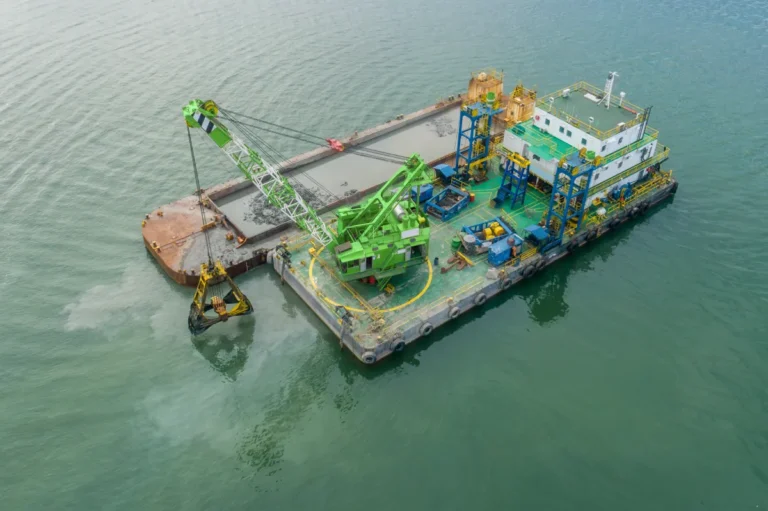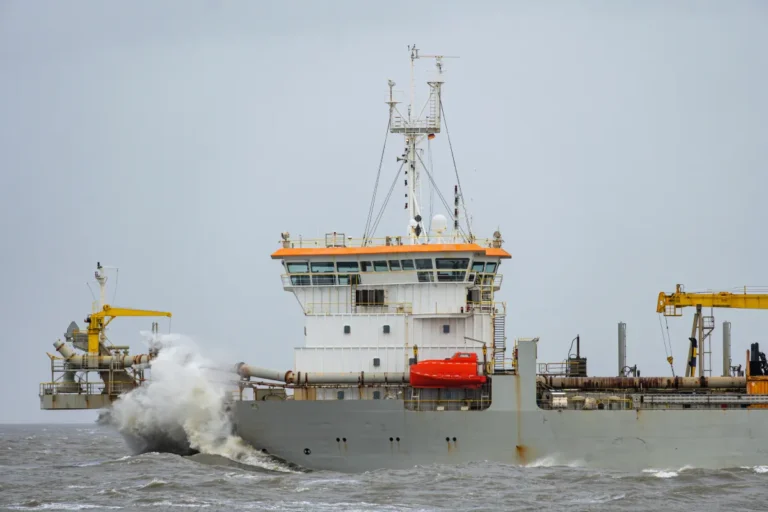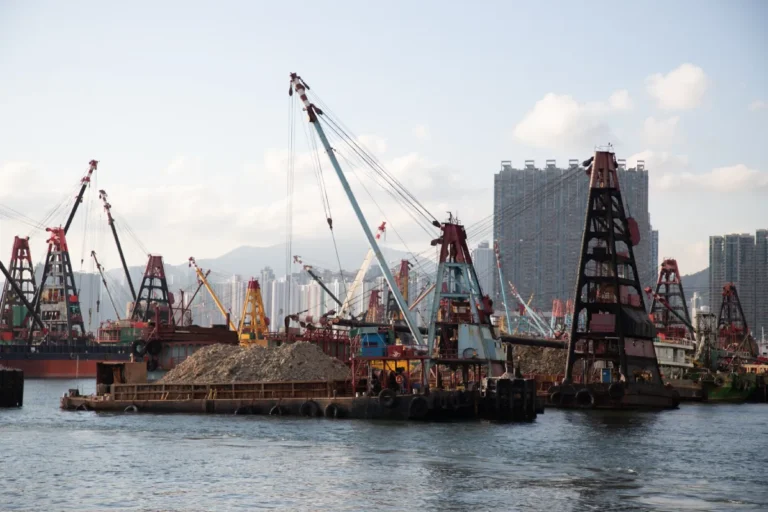Dredging operations play a critical role in maintaining waterways, supporting marine construction, and facilitating resource extraction across various industries. Whether clearing sediment buildup in harbors or removing slurry in mining pits, these projects rely on specialized equipment designed for durability and efficiency in harsh environments.
At the heart of many of these operations is the submersible dredge pump—a powerful and versatile solution for moving abrasive solids, sand, slurry, and sludge. Designed to operate while fully submerged, these pumps are engineered to handle extreme conditions without compromising performance. Among the most effective models are the hydraulic submersible dredge pumps, known for their compact design, high solids handling capacity, and adaptability in remote or mobile applications. Likewise, submersible slurry pumps are frequently deployed when aggressive materials need to be transported with minimal downtime and maximum reliability.
However, the efficiency and lifespan of any submersible dredge pump depend heavily on consistent, proactive maintenance. Without proper care, even the most rugged pump systems can experience early wear, clogging, and eventual failure—leading to costly repairs and unplanned operational delays.
In this guide, we’ll explore best practices for maintaining your submersible dredge pump, including daily inspection routines, long-term service strategies, and tips to maximize performance. Whether you’re operating a hydraulic submersible dredge pump in a remote dredging site or a submersible slurry pump in an industrial facility, these insights will help you extend equipment life and reduce total operating costs.
Understanding Submersible Dredge Pumps
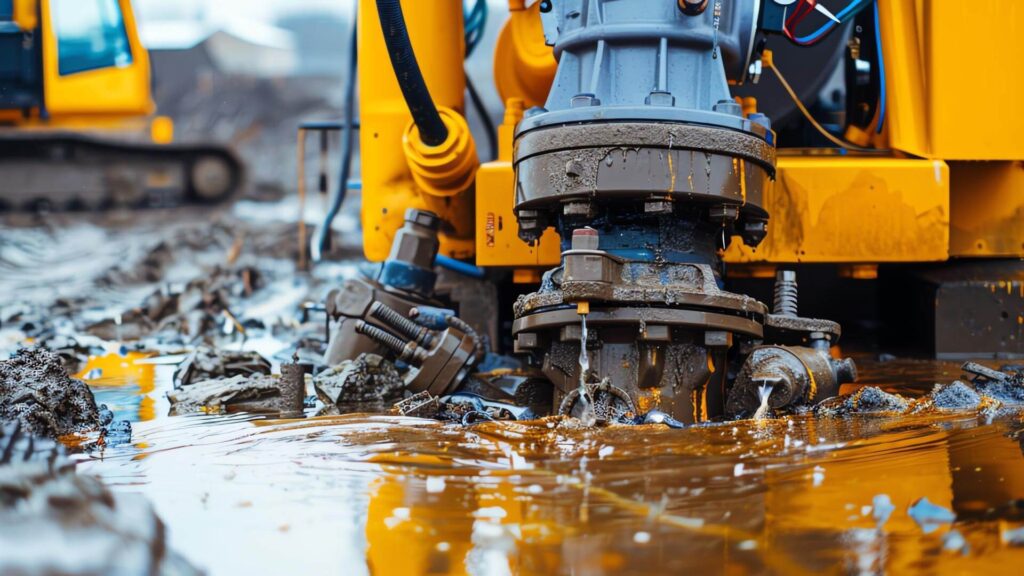
Definition and Function
A submersible dredge pump is a specialized piece of equipment engineered to operate while fully submerged in water or slurry. Unlike standard pumps, it is designed to move highly abrasive and dense mixtures such as sand, silt, mud, and gravel—making it essential for heavy-duty dredging operations. Its primary function is to pump and transport solids-laden fluids from underwater or below-ground locations to designated discharge areas.
These pumps are built with rugged materials like high-chrome alloys to withstand continuous wear and tear. Their submerged operation allows them to work closer to the material being pumped, increasing efficiency while reducing energy consumption and priming issues.
Common Uses in Mining, Marine, Construction, and Industrial Settings
The submersible dredge pump is widely used across industries where sediment removal or solid transport is critical:
- Mining operations rely on submersible slurry pumps to extract and move tailings, ore slurries, and overburden with minimal downtime.
- In the marine and offshore sectors, these pumps are essential for harbor maintenance, pipeline trenching, and deep-sea excavation.
- Construction and civil engineering projects use dredge pumps for dewatering, foundation preparation, and channel clearing.
- In industrial settings, such as wastewater treatment and chemical processing, they help manage thick slurries and heavy fluids with high solid content.
Types of Submersible Pumps
There are two primary types of submersible dredge pumps commonly used in the field: electric and hydraulic submersible dredge pumps.
- Submerged electric motors power electric submersible dredge pumps. They are ideal for stationary installations or environments with reliable power sources. These units offer ease of control and integration into automated systems but can be limited in remote or mobile setups.
- Hydraulic submersible dredge pumps, on the other hand, are driven by hydraulic power packs, often mounted to excavators or dredging platforms. These pumps are highly valued for their portability, deep submersion capability, and ability to handle high-viscosity, high-solids materials. They are particularly well-suited for projects in remote locations or underwater environments where electric options are not feasible.
Overview of Submersible Slurry Pumps and Their Application
A submersible slurry pump is a specific category of dredge pump designed to handle slurry—a fluid mixture composed of water and solid particles. These pumps excel in moving heavy, abrasive materials that would quickly degrade conventional pump systems. In both dredging and industrial applications, submersible slurry pumps are preferred for their ability to deliver high solids content while maintaining consistent flow and minimizing clogging.
Their design often includes agitators, wear-resistant impellers, and large-diameter passages, making them capable of handling materials like coal fines, bentonite, lime slurry, and mineral tailings with ease.
By understanding the different types and capabilities of submersible dredge pumps, including the hydraulic submersible dredge pump and submersible slurry pump, operators can select the right equipment for their specific environment and application demands.
Key Components That Require Routine Inspection
To ensure peak performance and extend the service life of a submersible dredge pump, regular inspection of critical components is essential. These pumps operate in demanding environments where abrasion, corrosion, and mechanical stress can lead to premature wear if left unchecked. Whether you’re working with an electric or hydraulic submersible dredge pump, staying proactive with maintenance helps prevent costly downtime and ensures safe, efficient operation.
Impellers and Wear Rings
The impeller is the driving force behind the pump’s ability to move slurry and solids. Due to constant exposure to abrasive materials like sand, gravel, and silt, impellers are especially prone to wear. Regularly inspect the impeller for erosion, pitting, and imbalance. Wear rings—located around the impeller—should also be checked for clearance issues and degradation. Excessive wear can reduce the pump’s efficiency and lead to higher energy consumption.
Seals and Gaskets
In any submersible dredge pump, seals and gaskets play a crucial role in preventing water and slurry from entering the motor housing. Mechanical seals are particularly vulnerable in abrasive environments and must be checked frequently for leaks, cracks, and seal face wear. Damaged or worn-out seals can compromise the integrity of the pump and result in catastrophic failure. It’s important to inspect and replace gaskets as needed to maintain proper sealing throughout the system.
Bearings and Motor Components
Bearings allow the internal components of the pump to rotate smoothly. Over time, exposure to heat, slurry infiltration, or poor lubrication can lead to bearing failure. Inspect bearings for noise, vibration, and heat buildup. Additionally, electric motor components should be monitored for insulation degradation, corrosion, or any signs of electrical wear. Maintaining proper alignment and lubrication is key to extending motor and bearing life in both standard and submersible slurry pump applications.
Hydraulic Connections (for Hydraulic Submersible Dredge Pumps)
For operators using a hydraulic submersible dredge pump, the condition of hydraulic lines, couplings, and fittings is vital. Look for leaks, hose fatigue, and loose connections, as even minor hydraulic fluid loss can lead to performance issues or safety hazards. Ensure all fittings are tight, hoses are in good condition, and there is no contamination in the hydraulic fluid. Regularly flushing and filtering the hydraulic system helps maintain pump responsiveness and efficiency.
Power Cables and Control Panels
The electrical components of a submersible dredge pump require routine attention, especially in wet or corrosive environments. Inspect power cables for cuts, abrasions, and water intrusion. Ensure connections are tight and adequately sealed. Control panels should be checked for error codes, moisture buildup, and the functionality of alarms or monitoring sensors. Preventing electrical faults is critical to maintaining reliable operation and avoiding sudden shutdowns.
By consistently inspecting these key components, operators can keep their submersible slurry pump or hydraulic submersible dredge pump in optimal condition, reducing unplanned outages and extending the pump’s operational lifespan.
Daily and Weekly Maintenance Checklist
Routine daily and weekly maintenance is the foundation of long-term performance and reliability for any submersible dredge pump. Whether you’re operating an electric-driven system or a hydraulic submersible dredge pump, consistent care ensures the equipment can withstand the harsh environments in which it operates. Here’s a checklist of essential tasks to include in your regular maintenance schedule.
Visual Inspection Steps
Start each shift with a comprehensive visual inspection. Look for signs of external damage, such as dents, cracks, or excessive wear on the pump housing and impeller shroud. Check for leaks around seals, hoses, and fittings, especially in hydraulic submersible dredge pumps, where fluid loss can signal deeper issues. Examine mounting hardware and lifting points for corrosion or stress fractures. Any visible abnormalities should be addressed immediately to avoid operational failures.
Lubrication Guidelines
Lubrication is critical to keeping moving parts running smoothly. Bearings, seals, and gearboxes (if applicable) must be lubricated according to the manufacturer’s specifications. Use the correct type and amount of lubricant, and be sure to wipe away any excess to prevent contamination. In submersible slurry pump models, check that the lubricant remains uncontaminated by water or slurry, which could indicate seal failure.
Checking for Cavitation and Vibration
Cavitation and unusual vibration can signal serious internal problems. Cavitation occurs when air bubbles form and collapse inside the pump, often due to low suction pressure or blockages. It creates a distinct rattling or grinding noise. Check for abnormal vibrations during operation and use a vibration meter if available. Excessive or irregular vibration may indicate misalignment, worn impellers, or unbalanced components in your submersible dredge pump.
Flushing Systems and Preventing Clogging
In sediment-heavy applications, regularly flushing the pump and connected piping systems is essential to prevent clogging. After each use, flush the pump with clean water or a suitable flushing agent to clear any residual slurry, especially if the pump will sit idle for any period. For submersible slurry pumps, pay close attention to the suction intake and ensure no solid debris is obstructing the impeller or agitator.
Monitoring Slurry Flow and Discharge Pressure
Monitor the discharge pressure and slurry flow rate daily to ensure the pump is operating within optimal parameters. A sudden drop in pressure or flow may indicate blockages, impeller wear, or suction-side restrictions. Hydraulic submersible dredge pumps may also show performance loss if hydraulic fluid levels are low or if filters are clogged. Use inline pressure gauges and flow meters to detect performance issues early and avoid equipment stress.
Incorporating these daily and weekly maintenance practices into your operational routine helps maximize the lifespan and efficiency of your submersible dredge pump, reducing the risk of unexpected downtime in demanding environments.
Monthly and Quarterly Preventive Maintenance
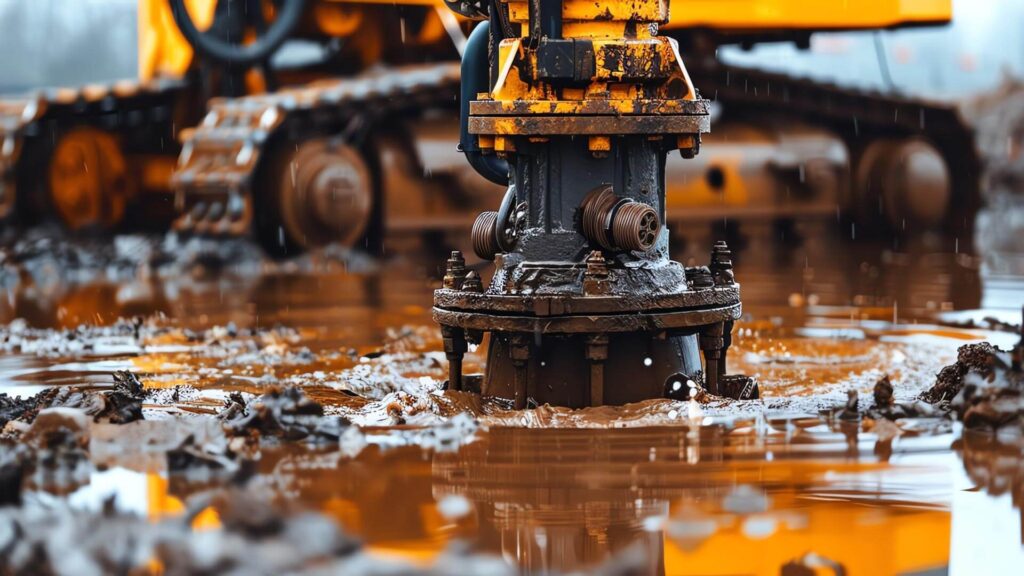
While daily inspections keep your submersible dredge pump running smoothly in the short term, monthly and quarterly maintenance focus on deeper preventive actions that preserve long-term performance and reliability. These routine checks help identify wear and inefficiencies before they evolve into costly repairs or equipment failure—especially in high-demand operations where hydraulic submersible dredge pumps and submersible slurry pumps are constantly exposed to abrasive materials.
Inspecting and Replacing Worn Impellers or Liners
Impellers and liners take the brunt of abrasion in every dredging operation. On a monthly basis, inspect these components for signs of pitting, erosion, and thinning. Loss of impeller efficiency not only reduces slurry throughput but also increases power draw. If the impeller or liner shows visible wear beyond OEM tolerances, replacement is necessary to maintain optimal pump efficiency. In submersible slurry pump systems, aggressive solids can accelerate this wear, so consistent tracking is vital.
Checking Hydraulic Fluid (If Applicable)
For hydraulic submersible dredge pumps, monitoring hydraulic fluid is essential. Check fluid levels and inspect the fluid for signs of contamination, such as a milky appearance (indicating water ingress) or dark discoloration (suggesting oxidation or overheating). Replace hydraulic filters as recommended and ensure all seals and hose fittings are intact. Contaminated or low fluid levels can cause performance drops, overheating, or long-term damage to the hydraulic drive system.
Electrical Resistance and Insulation Testing
Electric submersible dredge pumps require periodic electrical testing to detect issues before they escalate. Use a megohmmeter to test insulation resistance between windings and ground. Decreased insulation values may indicate moisture intrusion, deteriorating insulation, or internal faults. Quarterly testing of motor windings and electrical connections ensures safe operation, minimizes fire risks, and maintains pump reliability in wet environments.
Assessing Performance vs. OEM Benchmarks
Tracking the actual performance of your submersible dredge pump against original equipment manufacturer (OEM) specifications helps identify early signs of wear or inefficiencies. Measure parameters such as flow rate, discharge pressure, and power consumption. A gradual decrease in output often signals internal component degradation or suction-side obstructions. For submersible slurry pumps, maintaining OEM benchmarks is especially important to ensure high solids handling capability and avoid underperformance in slurry-heavy applications.
Cleaning the Pump Exterior and Intake Screens
Every few weeks, clean the pump housing, intake screens, and agitator components (if equipped). Debris buildup on the pump’s exterior can insulate heat and contribute to overheating, while clogged intake screens restrict flow and create suction issues. A clean submersible dredge pump not only performs better but is also easier to inspect visually for cracks, corrosion, or other signs of mechanical stress.
Incorporating these monthly and quarterly tasks into your maintenance schedule provides a deeper layer of protection for your hydraulic submersible dredge pump or submersible slurry pump, helping you avoid downtime and extend equipment life in the most demanding operational environments.
Annual Maintenance and Overhaul Recommendations
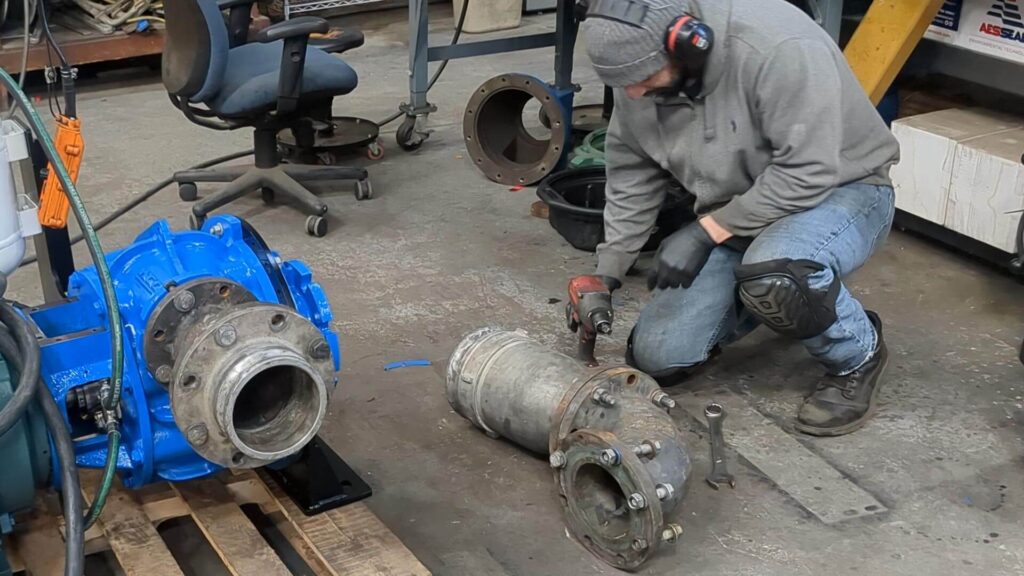
For long-term operational efficiency and reliability, annual maintenance is critical to the lifecycle of a submersible dredge pump. Unlike daily or quarterly tasks, annual maintenance involves comprehensive inspections, system recalibration, and the replacement of core wear components. These actions are essential in extending the pump’s lifespan—especially for high-demand applications involving hydraulic submersible dredge pumps and submersible slurry pumps operating in abrasive and corrosive environments.
Disassembling for a Full Internal Inspection
A thorough internal inspection requires complete disassembly of the submersible dredge pump. This allows for the close examination of critical internal components such as the impeller, wear rings, volute casing, shaft, and bearings. Check for signs of fatigue, corrosion, scoring, and excessive wear. For submersible slurry pumps, pay special attention to internal surfaces exposed to constant abrasive flow, as even slight erosion can impact pump performance and structural integrity over time.
Replacing Major Wear Components
Annually, it’s recommended to replace high-wear components regardless of visible condition. This typically includes impellers, liners, bearings, and seals. On hydraulic submersible dredge pumps, inspect and replace hydraulic seals, shaft sleeves, and any worn hoses or fittings. Regular replacement of these parts ensures that the pump continues to operate at peak efficiency and avoids unexpected breakdowns during critical dredging operations.
Recalibrating System Sensors and Control Mechanisms
If the submersible dredge pump is integrated with a control system or telemetry, recalibration should be performed annually to ensure accurate readings and automated functions. Pressure sensors, flow meters, and temperature gauges must be tested and adjusted according to manufacturer specifications. Inaccurate sensor data can lead to false alarms, underperformance, or even pump damage due to incorrect operating conditions.
Updating Firmware or Control Software
For pumps equipped with digital control interfaces or integrated into SCADA systems, it’s important to check for firmware or software updates. Manufacturers often release updates that improve system performance, add diagnostic capabilities, or address known bugs. Keeping control software current helps optimize the performance of both electric and hydraulic submersible dredge pumps, particularly in modern dredging fleets where efficiency and data accuracy are critical.
When to Consider Factory Refurbishment
If the submersible dredge pump has logged extensive operational hours or shows signs of recurring performance issues despite regular maintenance, factory refurbishment may be the best option. OEM-certified refurbishment includes precision rebuilding, replacement with genuine parts, and thorough performance testing. This is especially valuable for submersible slurry pumps used in high-wear environments, where a professional overhaul can restore like-new performance and extend equipment life significantly.
By incorporating these annual maintenance and overhaul practices, operators ensure that their hydraulic submersible dredge pump or submersible slurry pump continues to meet demanding application requirements with minimal risk of failure or extended downtime.
When to Repair vs. Replace
One of the most important decisions in maintaining a submersible dredge pump is knowing when to repair versus when to invest in a full replacement. While regular maintenance can extend a pump’s lifespan significantly, there comes a point where repairs may no longer be cost-effective. Understanding the signs and evaluating the total cost of ownership can help operators make the right call—whether they’re working with a traditional submersible slurry pump or a more complex hydraulic submersible dredge pump.
Identifying Diminishing ROI on Repeated Repairs
If your submersible dredge pump requires frequent repairs within short intervals, it’s a strong indication that the return on investment is declining. Constant breakdowns not only increase maintenance costs but also cause operational downtime, which can lead to project delays and lost revenue. Replacing seals, impellers, and bearings more than once per operating season may signal deeper wear in the pump’s internal housing or motor, pointing to a larger problem that a single repair can’t fix.
For hydraulic submersible dredge pumps, repeated hydraulic leaks, loss of pressure, or performance inconsistencies may suggest internal component degradation beyond standard field serviceability. When repair costs approach or exceed 50% of the pump’s replacement value, replacement becomes the more cost-efficient option.
Evaluating Total Cost of Ownership Over Time
The total cost of ownership (TCO) includes not just the upfront purchase price but also operating costs, maintenance expenses, energy usage, and downtime impact over the pump’s service life. A well-maintained submersible slurry pump may perform reliably for years, but if maintenance costs are rising year over year, the pump could become a financial liability.
Compare the TCO of continuing to repair an aging pump with the investment in a new, more energy-efficient unit. In many cases, modern submersible dredge pumps come with improved designs that reduce energy consumption, enhance solids handling, and offer better integration with monitoring systems—making them a smart long-term investment.
Signs Your Submersible Dredge Pump Is Nearing End-of-Life
There are several key indicators that your submersible dredge pump is approaching the end of its operational life:
- Persistent performance decline: Even after servicing, flow rates and discharge pressure remain below expected levels.
- Excessive vibration or noise: This suggests internal damage or shaft misalignment that’s no longer correctable.
- Frequent overheating: A sign of failing bearings, poor lubrication, or electrical inefficiency.
- Corroded or cracked casing: Structural integrity issues that compromise safety and efficiency.
- Electrical issues or sensor malfunctions: Especially in older electric models, where parts may be outdated or unsupported.
Conclusion
Proper maintenance of your submersible dredge pump is not just a recommendation—it’s a critical strategy for ensuring long-term performance, operational efficiency, and cost savings. Whether you’re working with a rugged hydraulic submersible dredge pump in remote dredging sites or a high-capacity submersible slurry pump in industrial applications, implementing a consistent maintenance schedule—from daily inspections to annual overhauls—can significantly extend equipment lifespan and prevent costly failures. By understanding key components, tracking performance, and knowing when to repair or replace, operators can maximize ROI and keep their dredging operations running smoothly under even the most demanding conditions.
